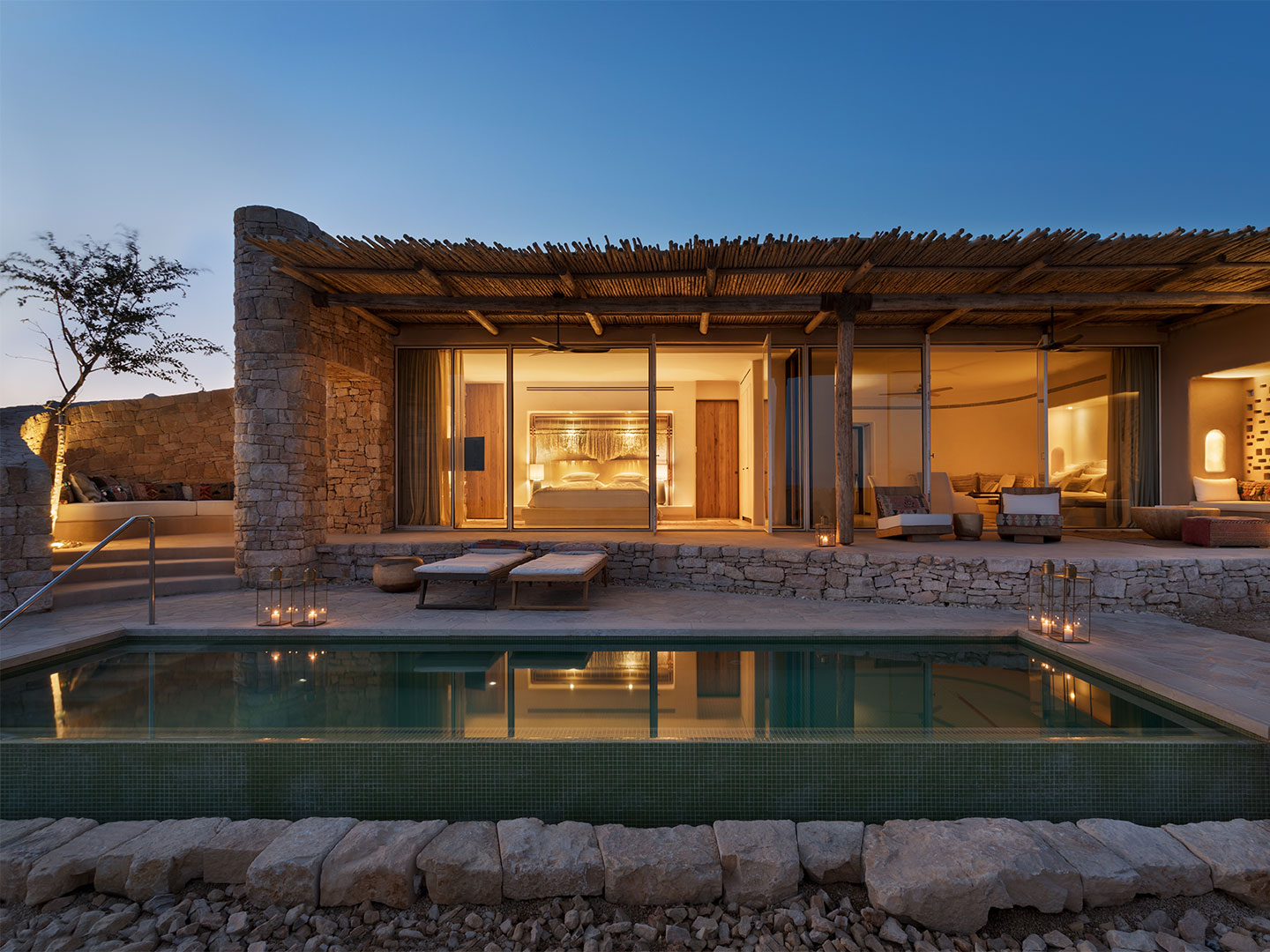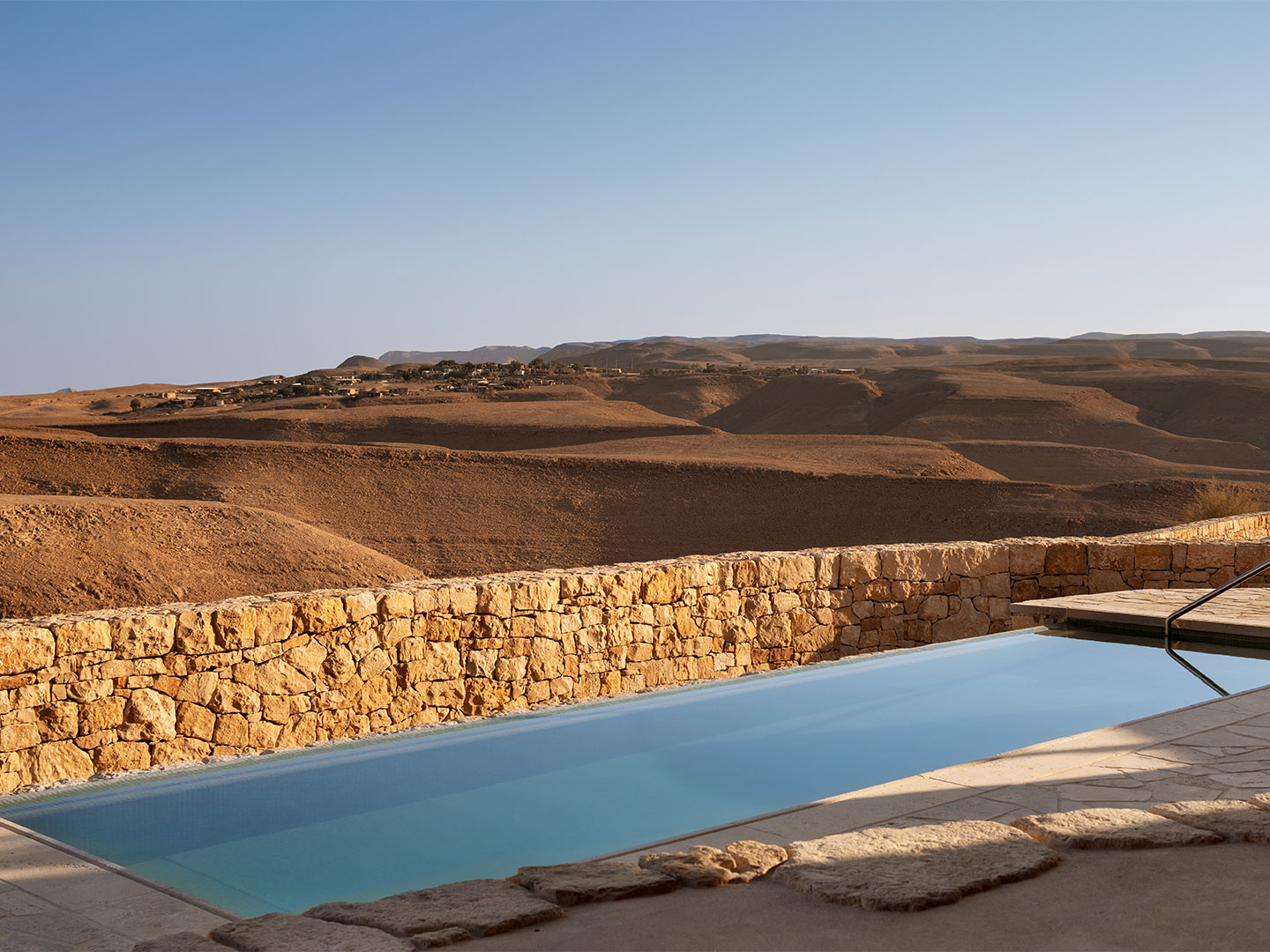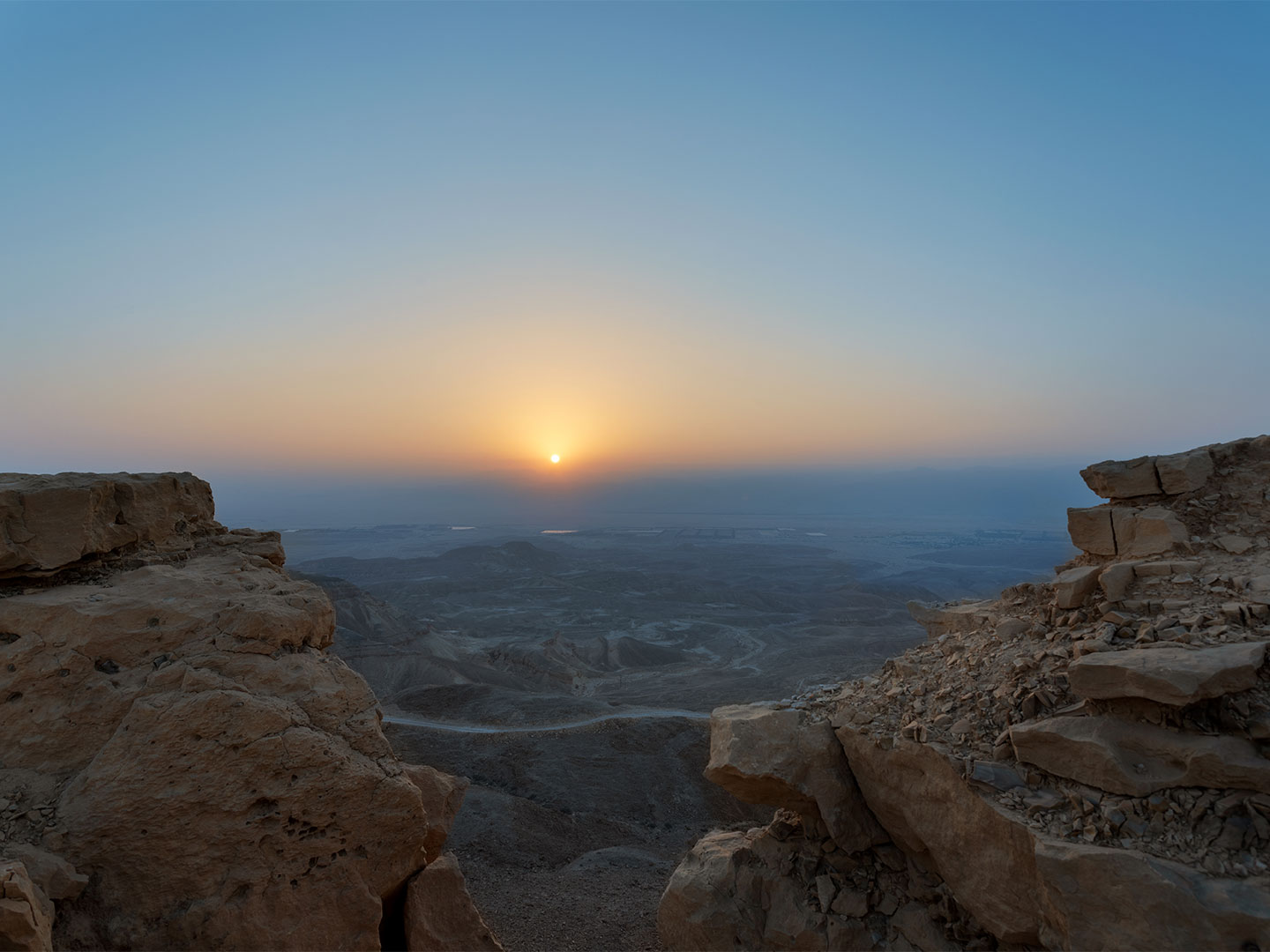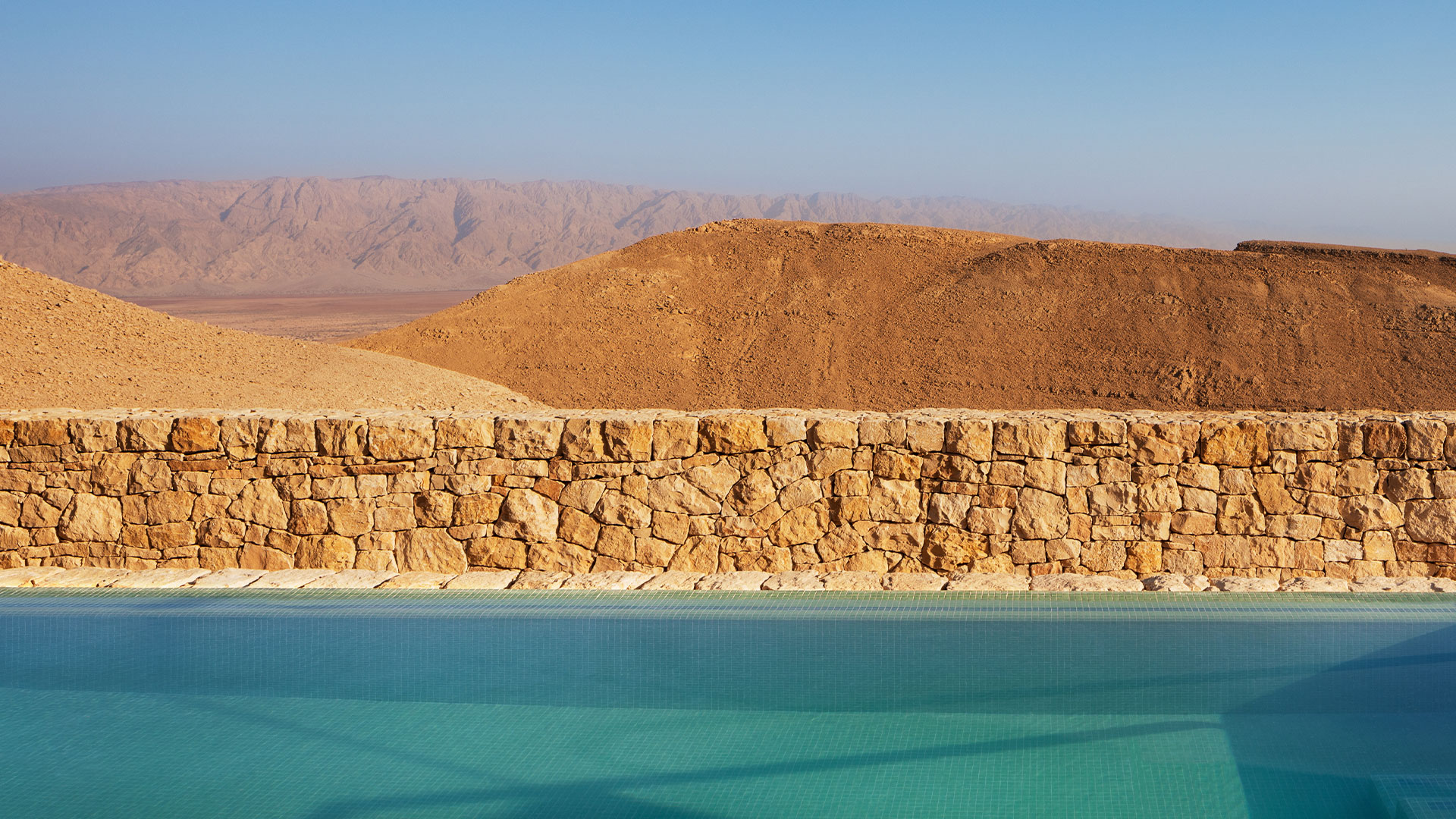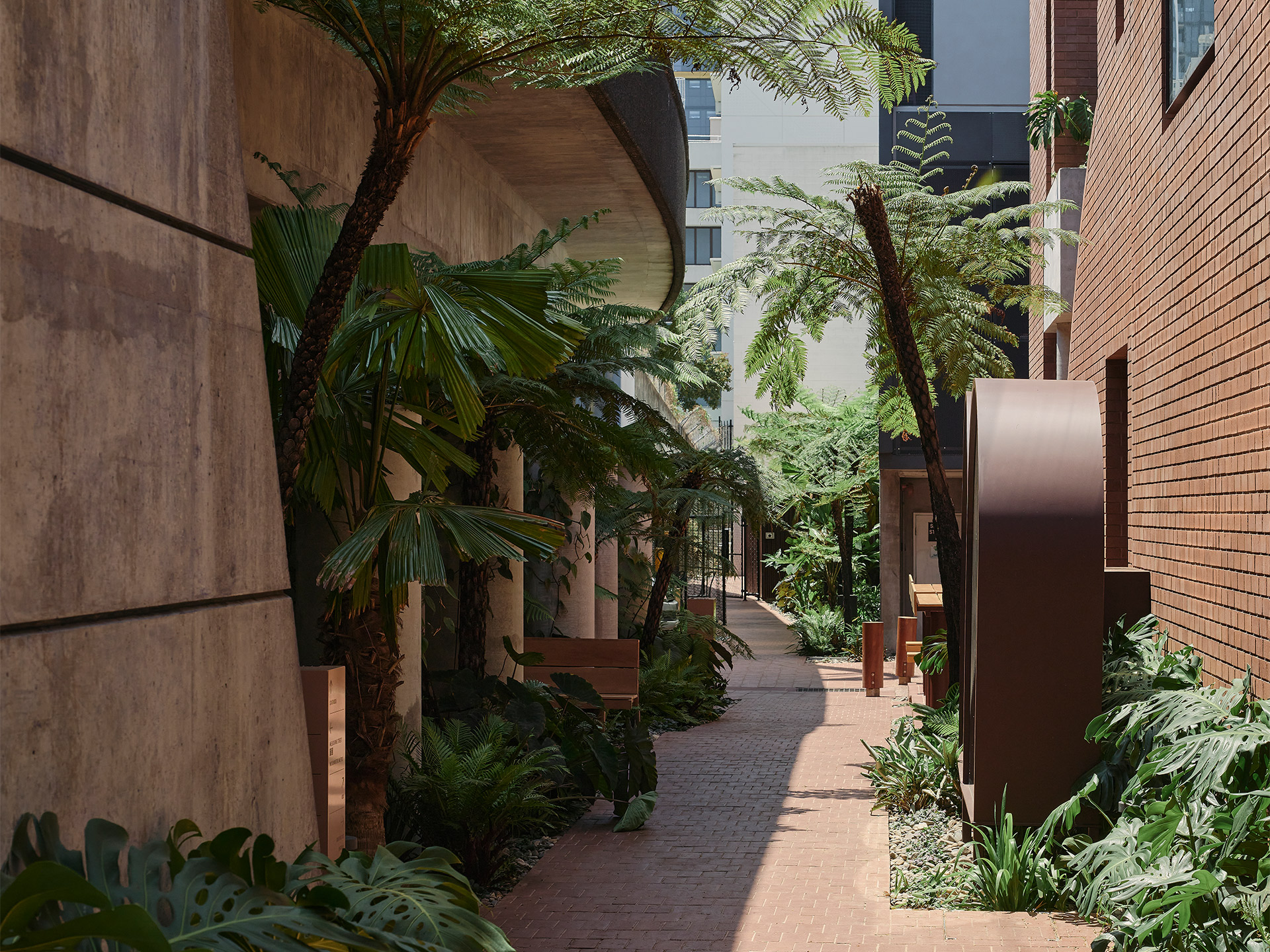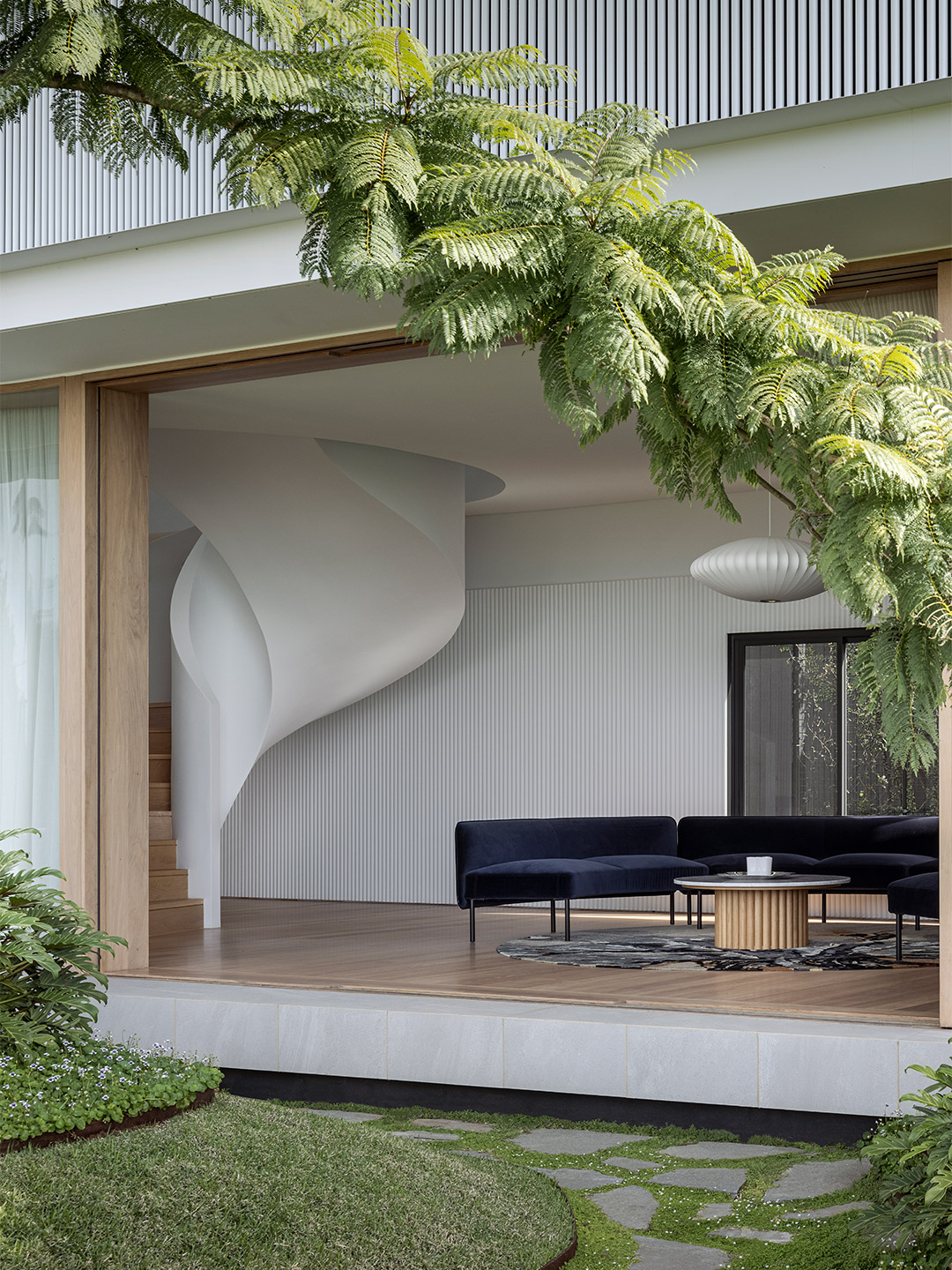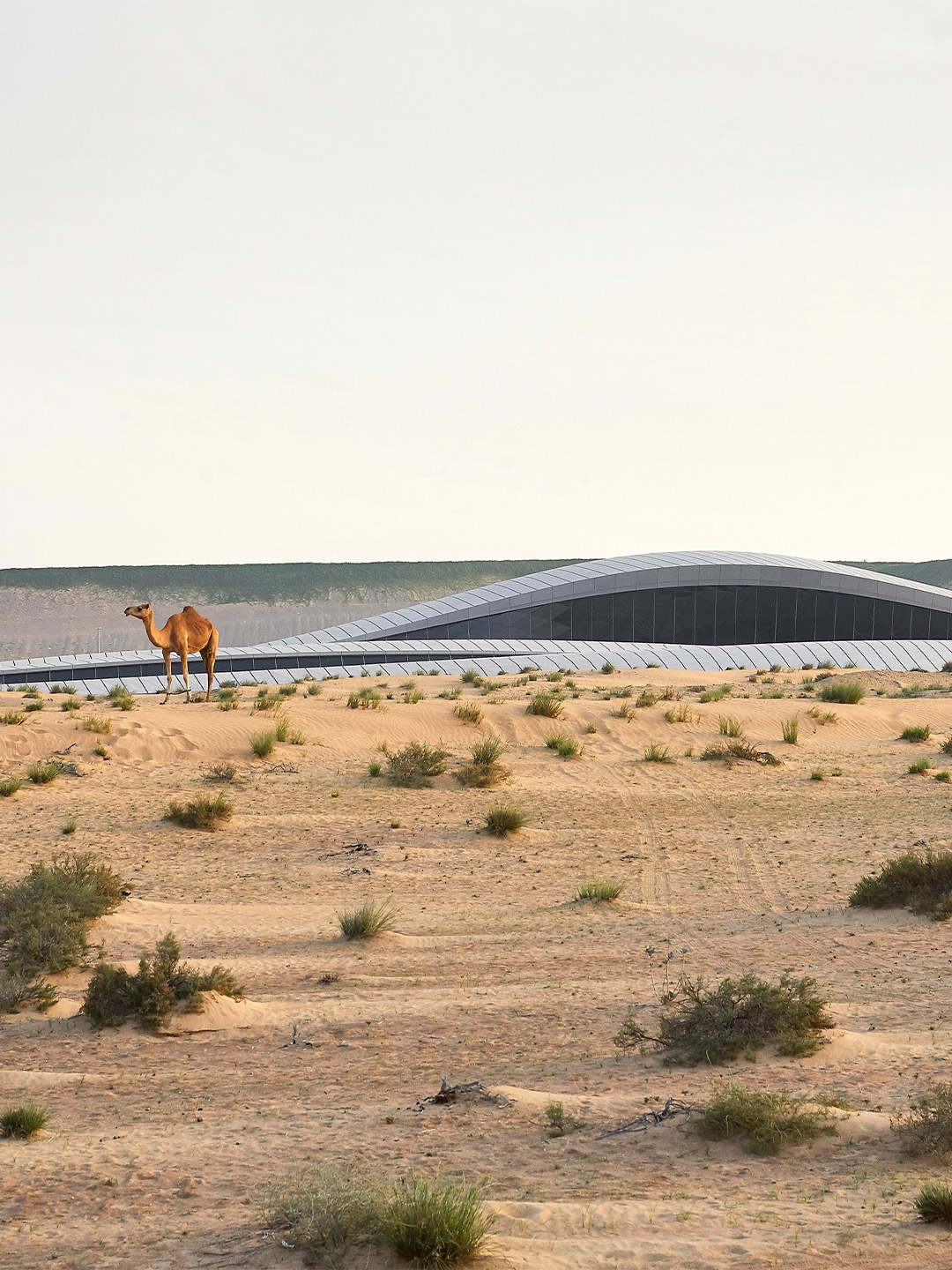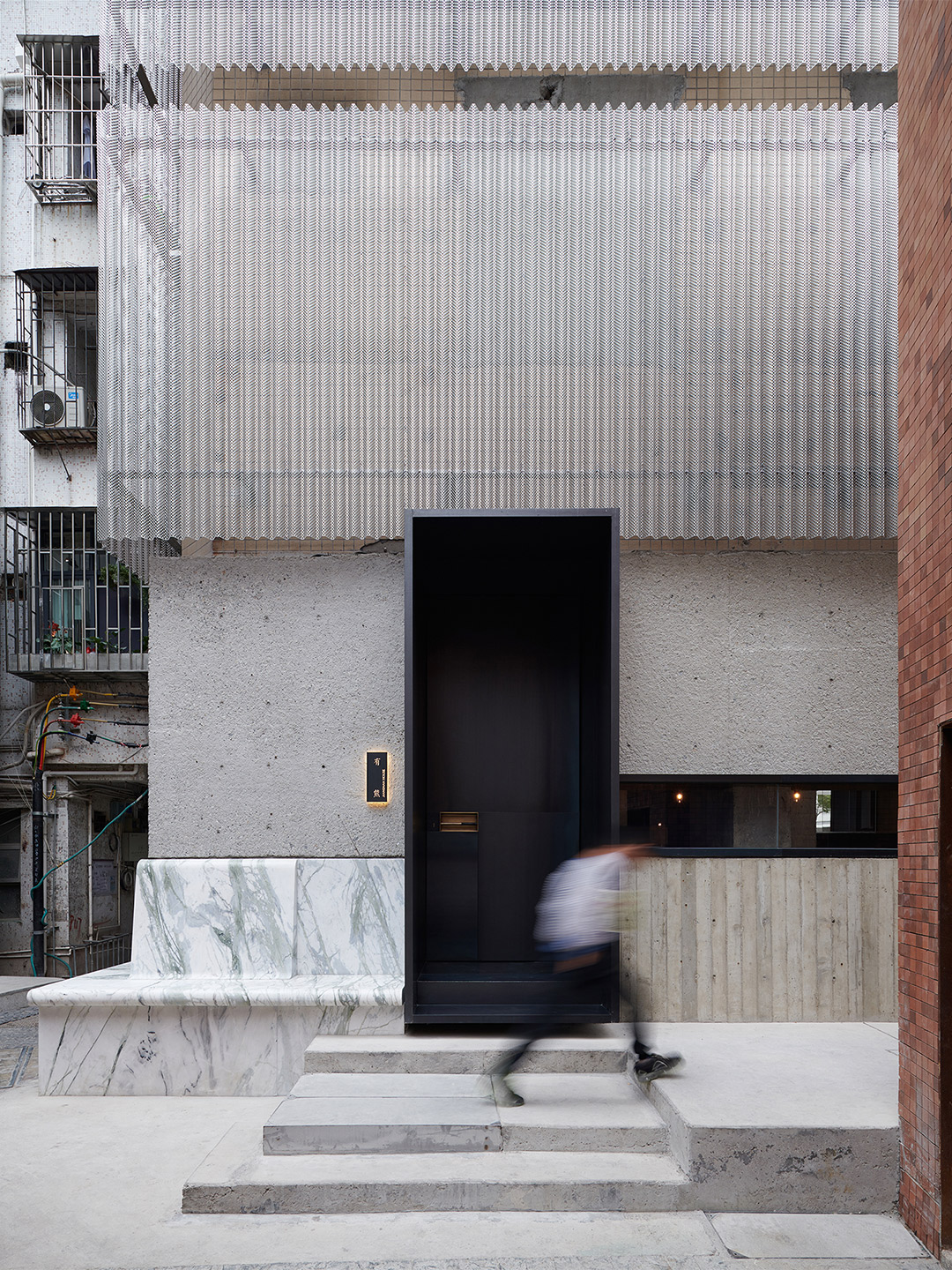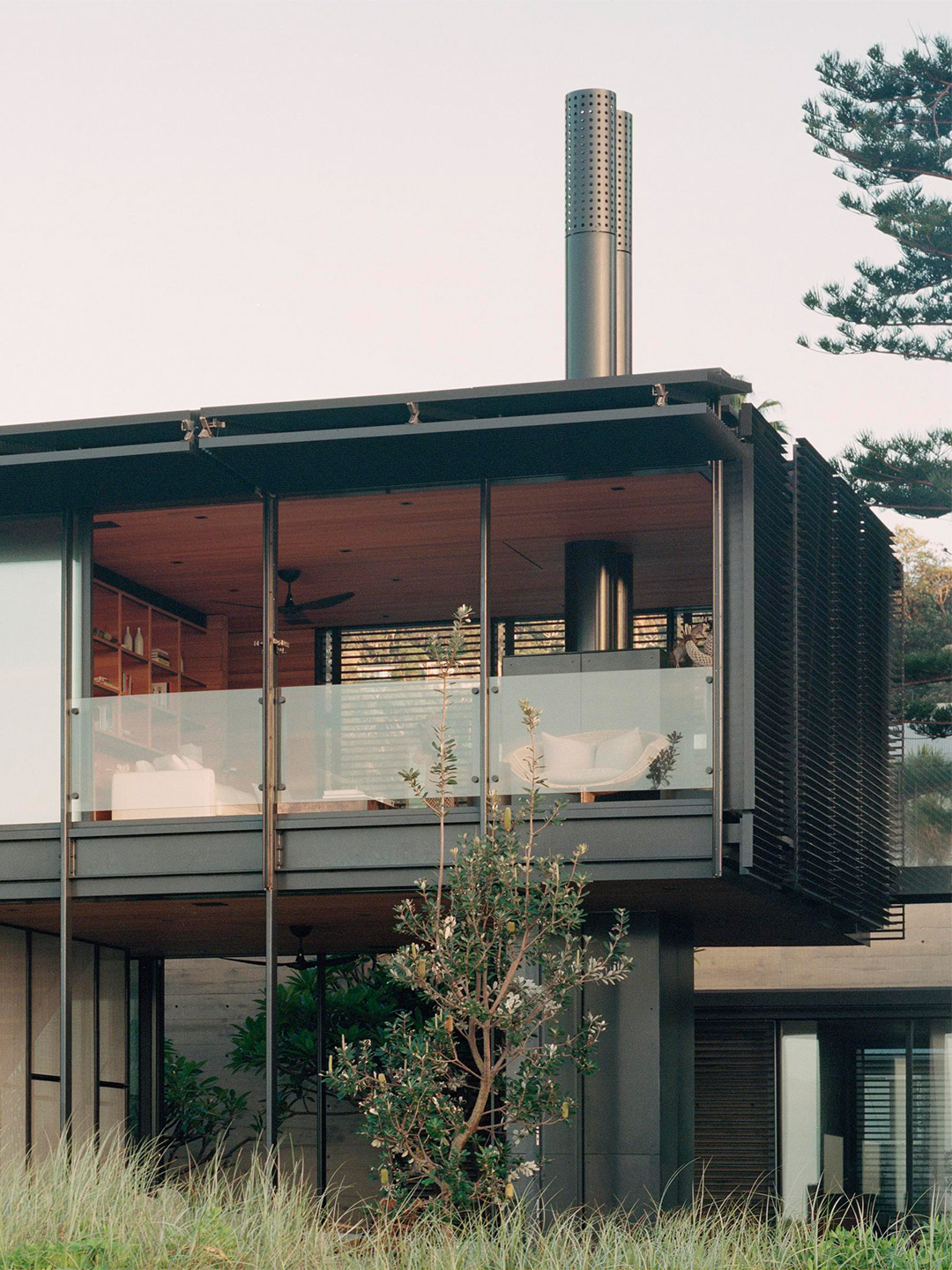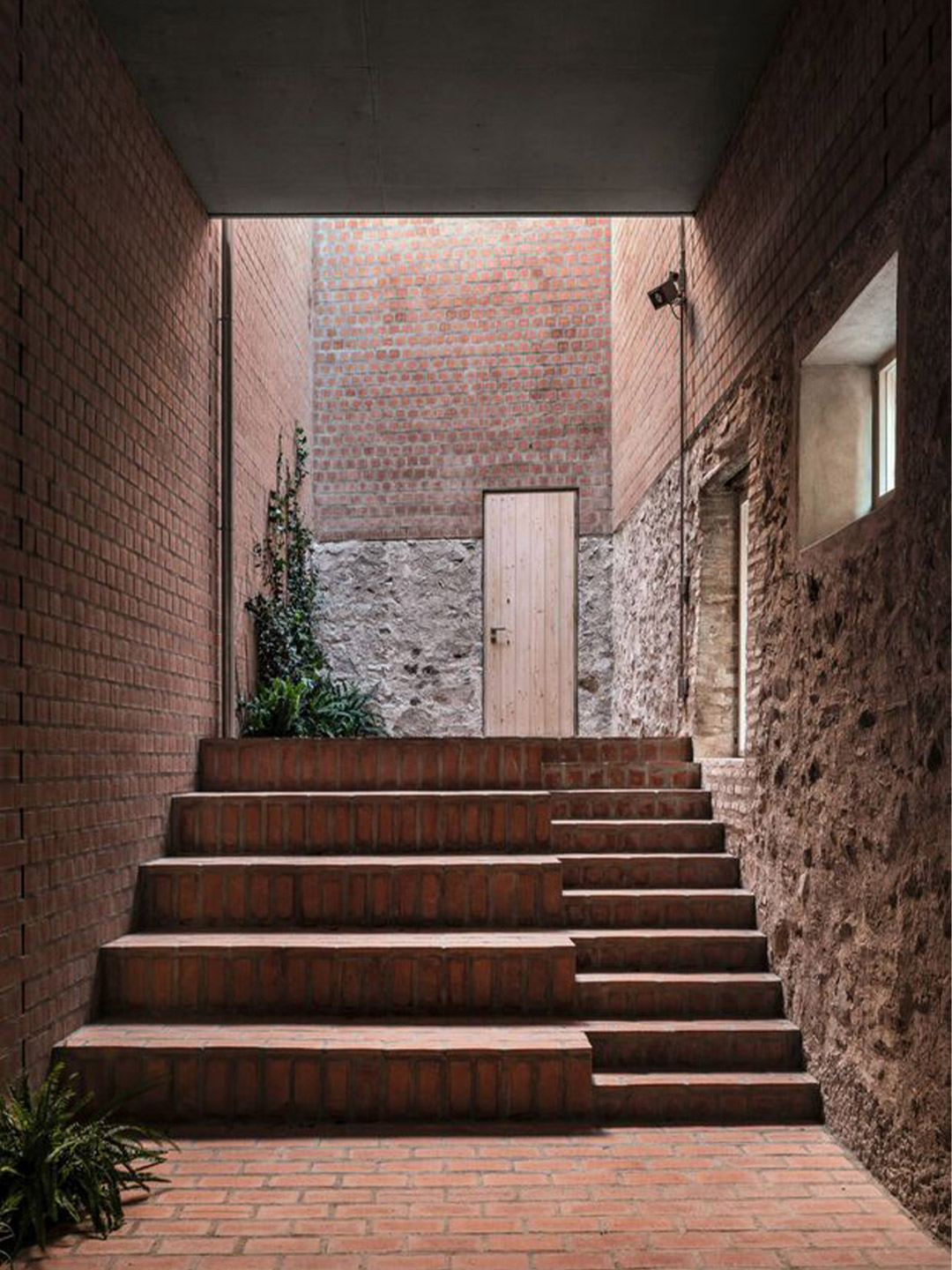Yoga classes as first light magnifies the copper hues of the Arava Valley and the Edom mountains. A day journeying through undulating ancient valleys on camelback. And late-night stargazing sessions after sundowners in the dunes. For many, right now, these are the activities of an unreachable desert-holiday dream. But as international airlines look to ramp-up flights at the end of this year and beyond, Israel’s soon-to-open Six Senses resort will no doubt capture the imagination of luxury-seeking adventurers around the globe.
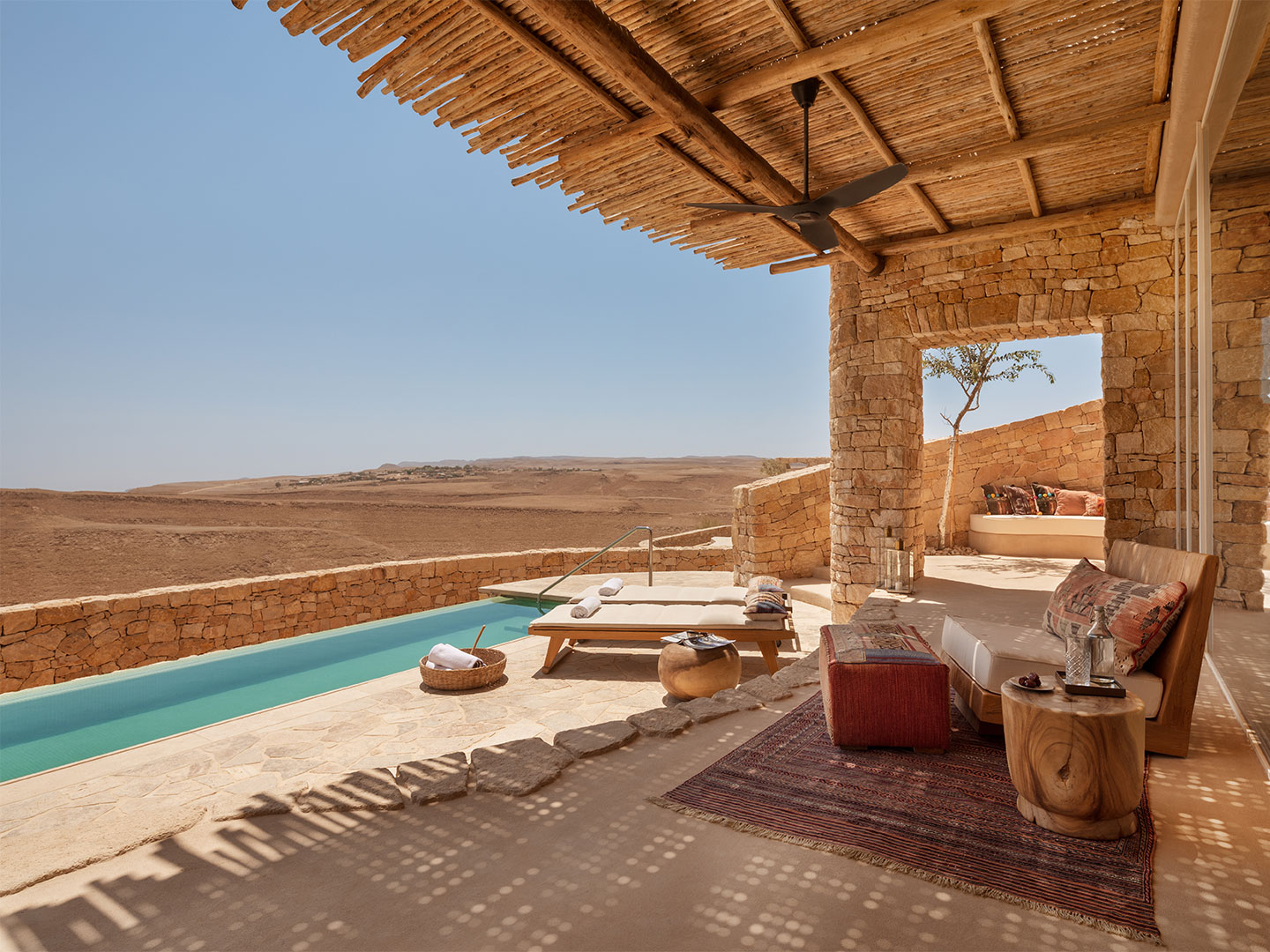
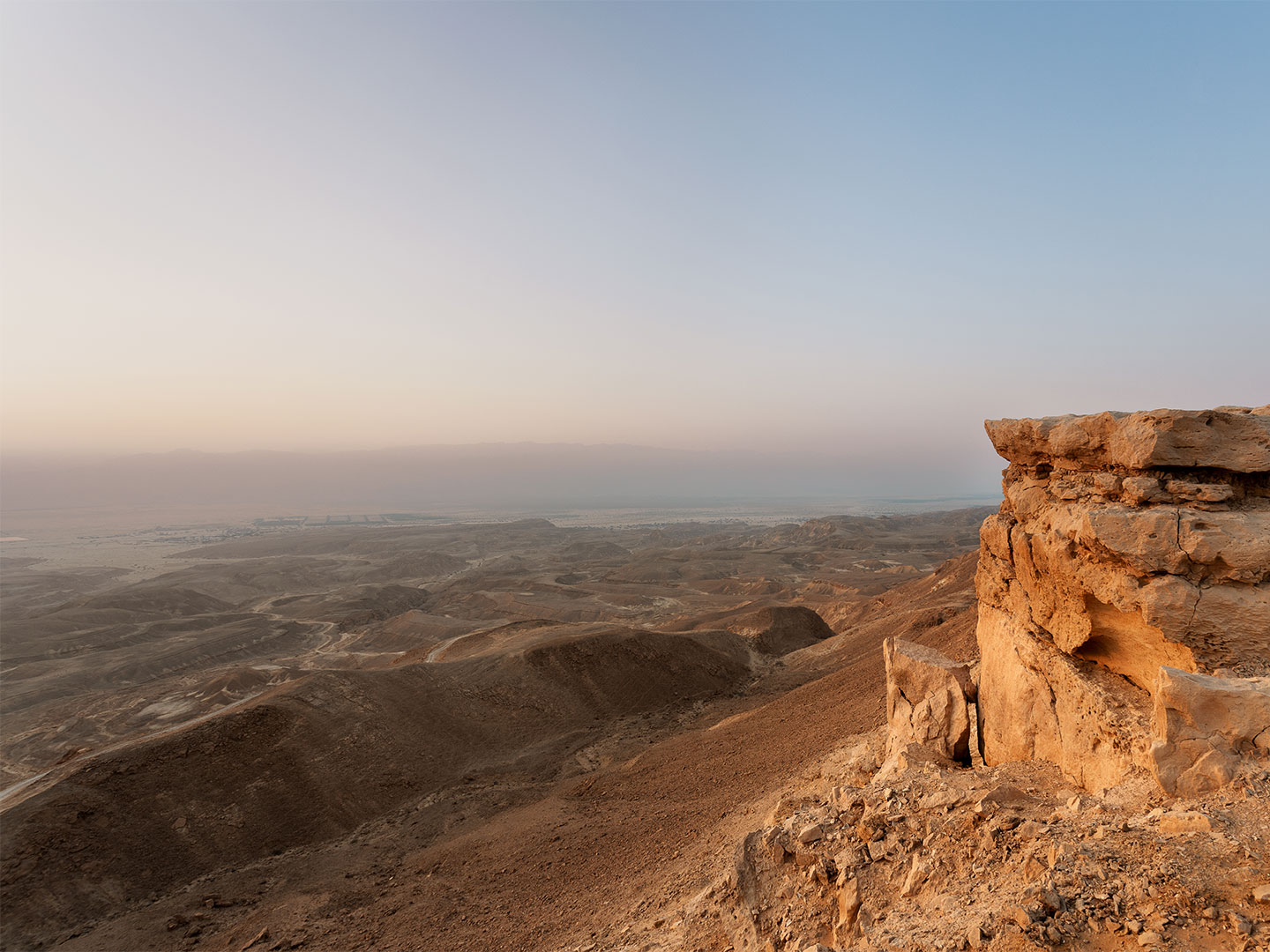
Located toward the pointy end of the map in Israel’s south, the new Six Senses Shaharut hotel by Tel Aviv firm Plesner Architects, founded by Danish architect Ulrik Plesner in the 1970s, is due to open to guests in December. While the highly anticipated opening comes a little later than first planned, the hotel promises to make up for the unexpected lag by providing guests with “uplifting experiences at every turn”.
Intimate in scale, the peaceful desert oasis will host guests in its 60 suites and villas against a backdrop of breathtaking rock and sand formations. Each of the resort’s suites presents guests with private outdoor decks, and the large villas feature relaxed living rooms and individual swimming pools. A generously sized three-bedroom villa also offers guests a spa, steam room and gym.
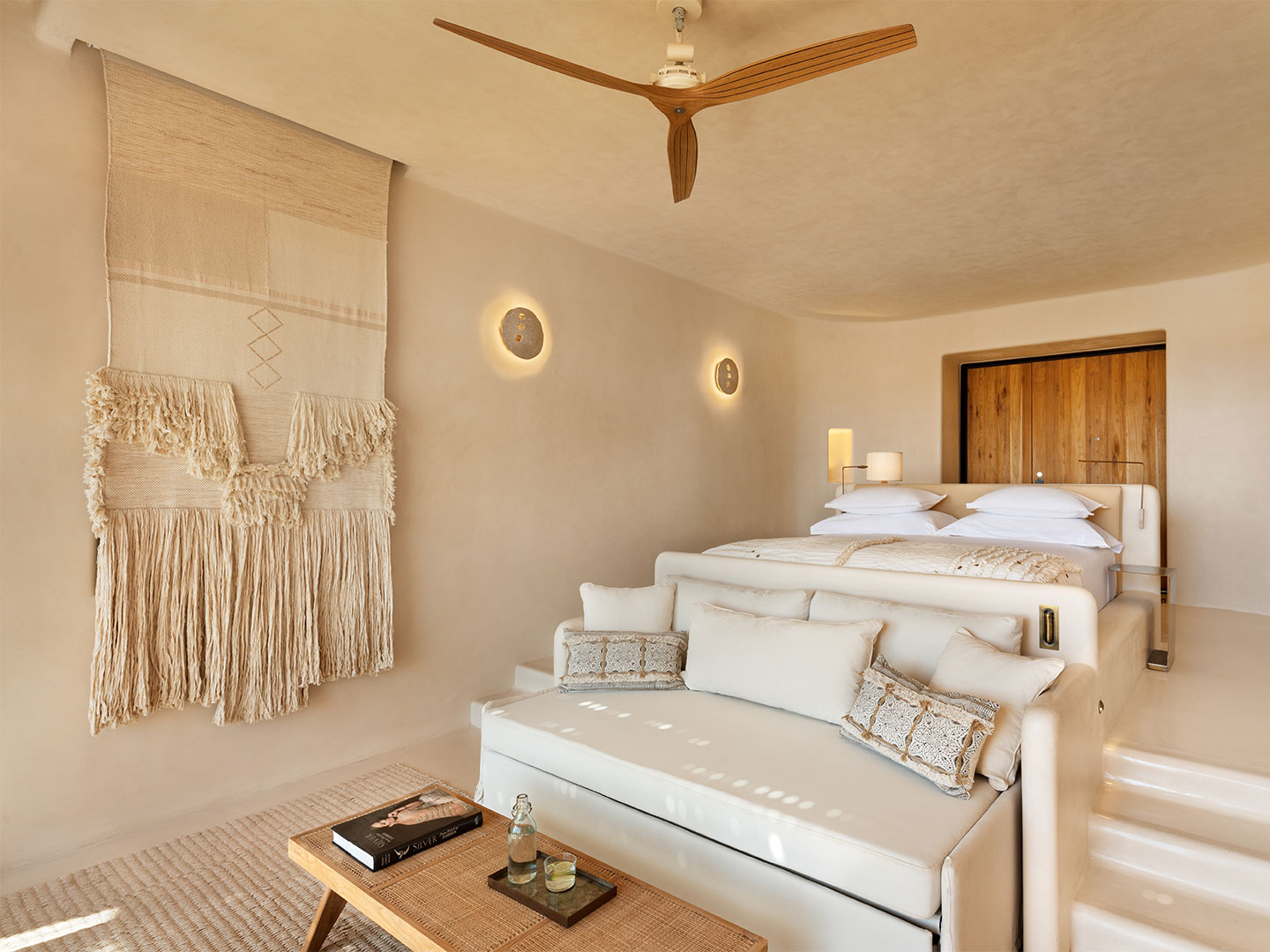
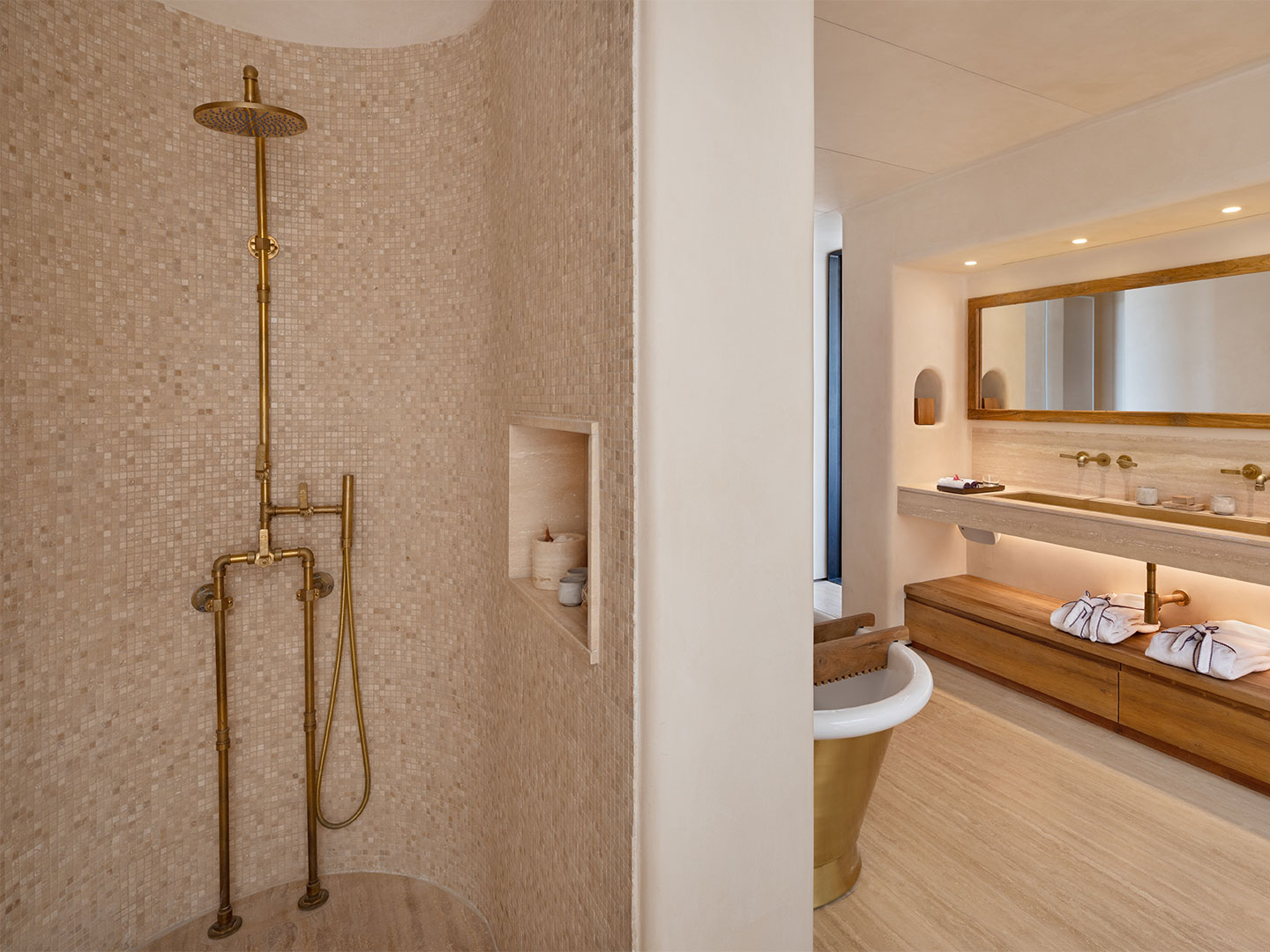
The quiet Shaharut community where the new Six Senses property is located was once home to the Nabataeans, a nomadic people who travelled this region over 2000 years ago, with their livestock, to wherever they could be sufficiently fed and watered. The Nabataeans are known for being skilled traders in these parts and for the magnificent cliff carvings of Petra in neighbouring Jordan.
Awed by the history and vast natural beauty of the region, the architects say, “the main idea of the hotel is to keep the spirit of the desert”. As such, the organic architecture employs textured limestone, locally excavated flint and thatched roofs in its contemporary reinterpretation of the ancient nomadic structures of the area. “All buildings are located half dug into the land, so we keep the desert skyline clear,” says the architects. “The materials used for the hotel are mostly from the area, the local stone is used for the walls and roofs.”
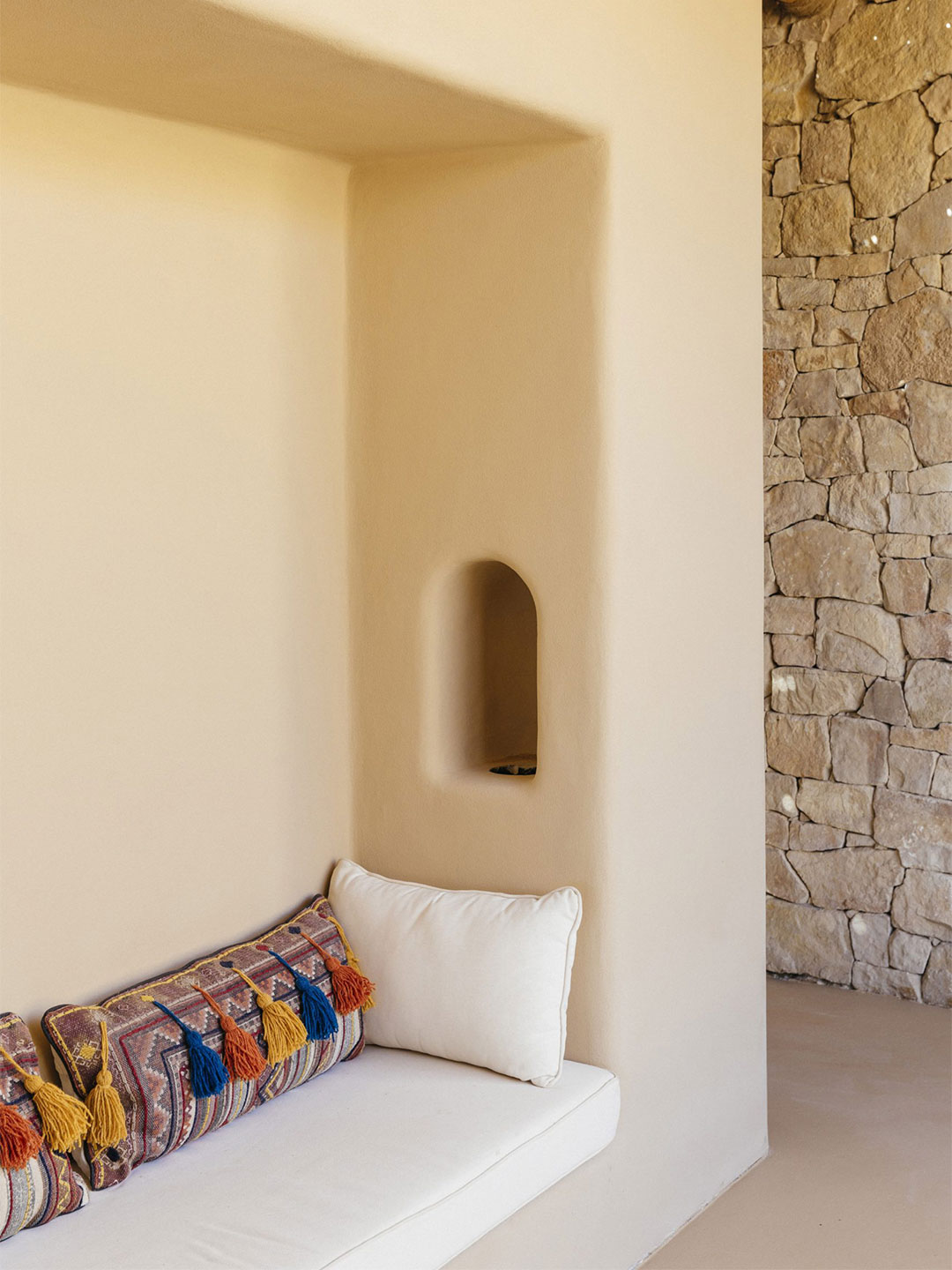
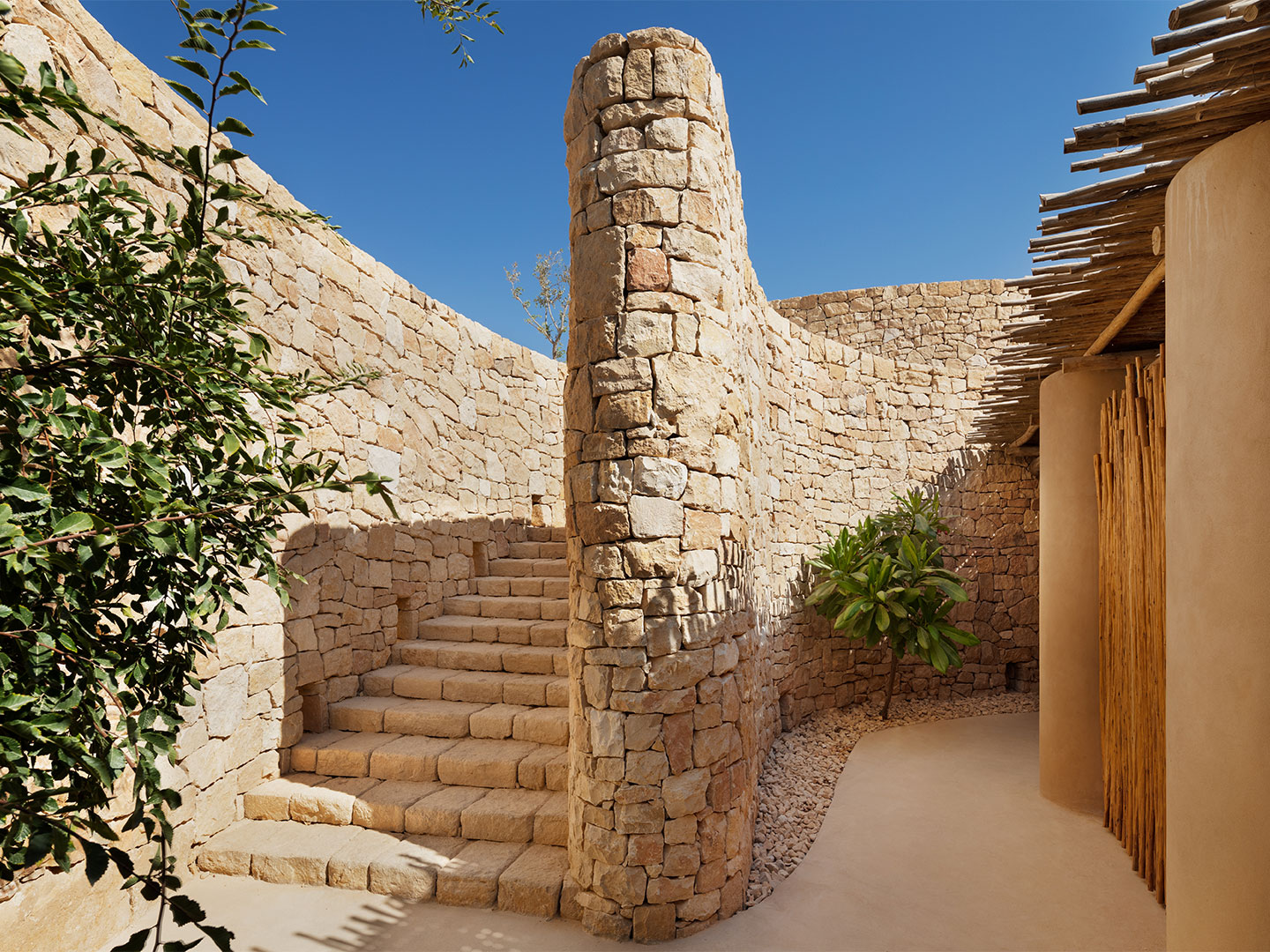
The design of Six Senses Shaharut aims to synchronise guests with the natural dunescape by maintaining a consistent relationship between indoor and outdoor living experiences. Six Senses says the interiors of the dwellings draw on the spoils of the incense trade route – ancient trails that stretched from Mediterranean ports across the Levant to India and further afield – as the inspiration to create spaces and experiences that reflect the essence of the locale.
The main idea of the hotel is to keep the spirit of the desert.
Throughout the property, the furniture and fittings have been thoughtfully curated to include copper and timber, and natural stonewares hewn by local artisans, ensuring parallels with the colourway of the weathered rock and sand formations that define the site. The interiors are lavished with intricate local textiles, while the internal doors are beautifully crafted from 200-year-old reclaimed teak which was sourced from disused boats, houses and footbridges.
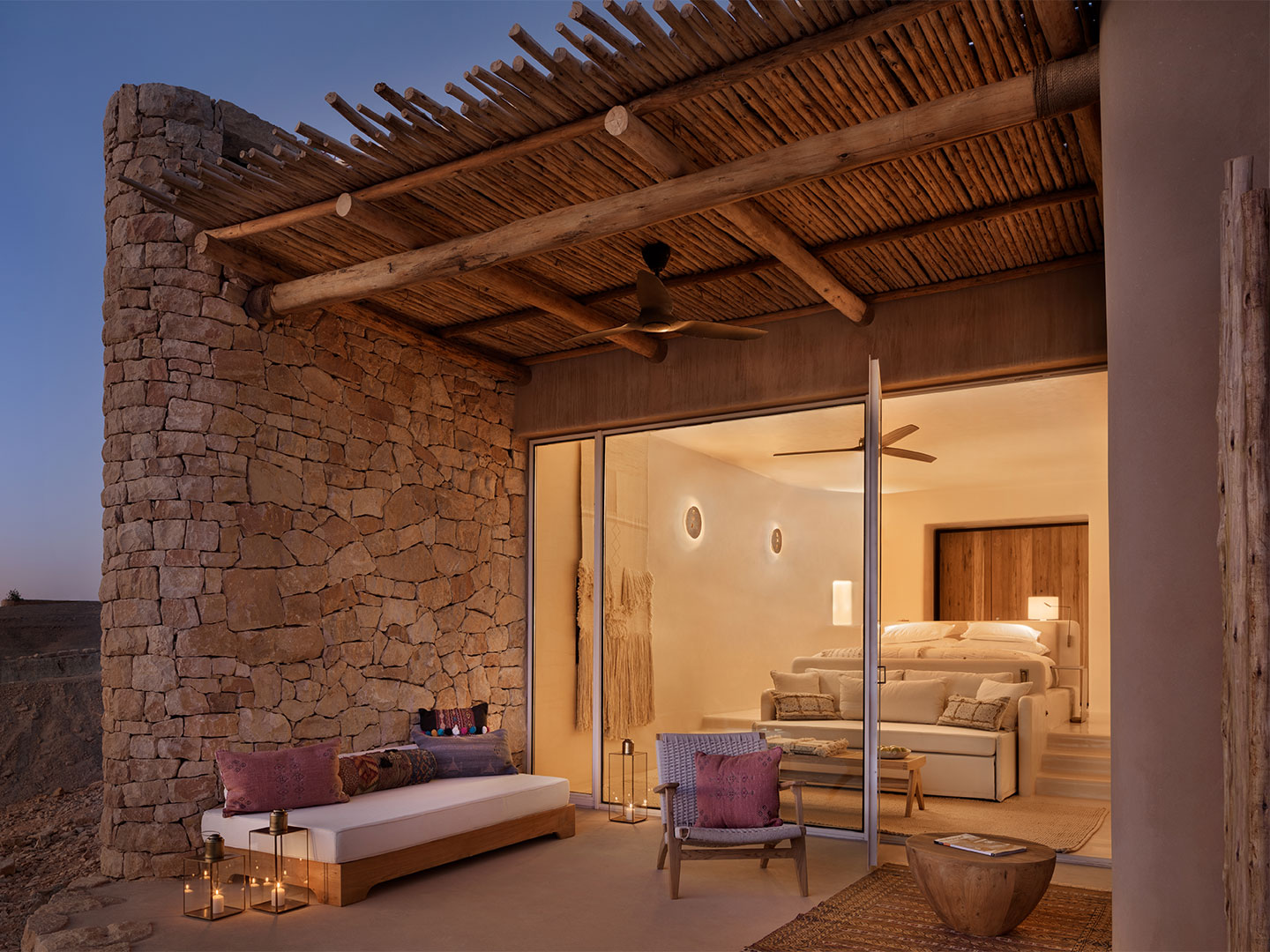
Getting there
The journey to Six Senses Shaharut is part of the storytelling experience as guests travel through the history-rich landscape. The drive from Tel Aviv or Jerusalem takes around three-and-a-half hours or it’s a three-hour drive from Petra in Jordan. Alternatively, guests can book a 50-minute domestic flight from Tel Aviv to the Ramon International Airport (ETM) near Eilat. From there, it is a 45-minute car trip to the resort.
